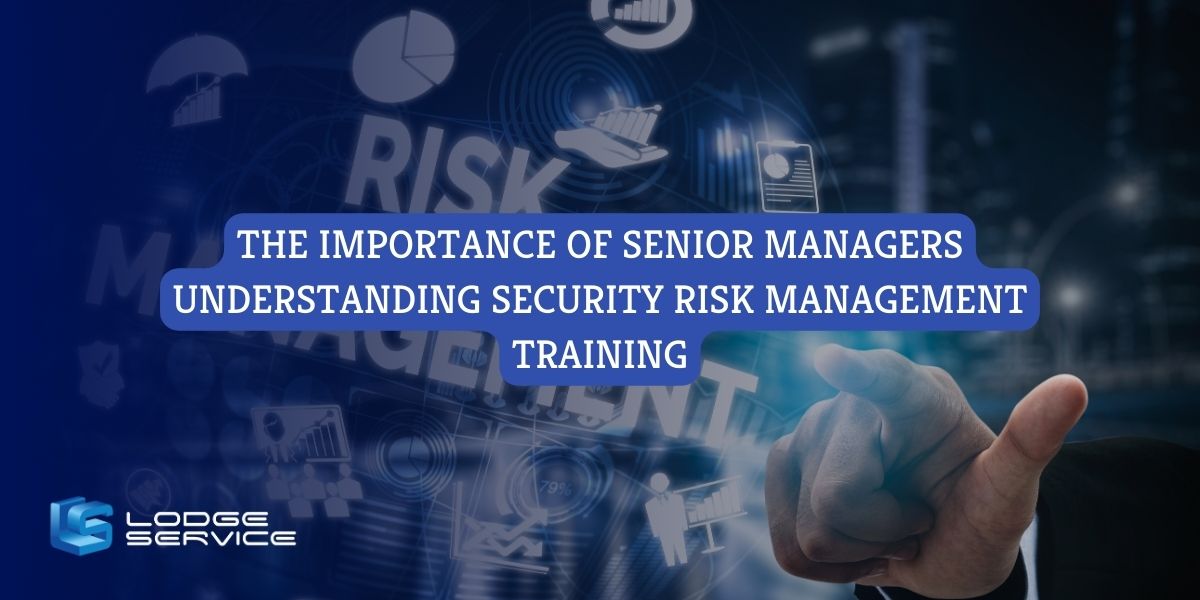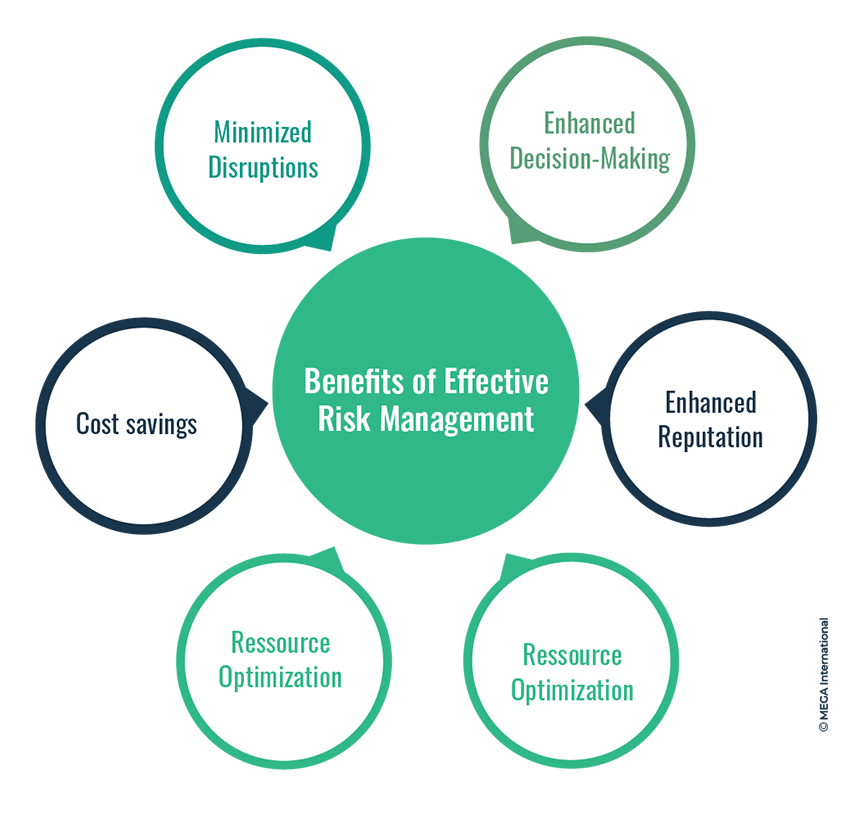Exploring the Enduring Benefits and Importance of Risk Management for New Businesses
Exploring the Enduring Benefits and Importance of Risk Management for New Businesses
Blog Article
Discovering the Value of Risk Management for Effective Decision-Making Approaches
In the complex world of organization, Risk Management emerges as an essential factor in the decision-making procedure. The capability to recognize possible threats and possibilities, and plan appropriately, can mean the distinction in between success and failing.
Understanding the Idea of Risk Management
Risk Management, a crucial element in decision-making, is typically misconstrued or oversimplified. Risk Management entails regimented and organized methods, using information and insightful evaluations. From economic unpredictabilities, legal liabilities, strategic Management errors, to crashes and natural calamities, it addresses various dangers - importance of risk management.
The Function of Risk Management in Decision-Making Processes
In the realm of strategic planning and business procedures, Risk Management plays an integral function in decision-making processes. Risk Management therefore ends up being an important device in decision-making, aiding leaders to make educated choices based on a detailed understanding of the dangers involved. Risk Management serves as a vital part in the decision-making processes of any kind of company.

Exactly How Risk Management Boosts Strategic Planning
In the context of calculated planning, Risk Management plays a pivotal duty. Launching with the identification of possible risks, it further includes the execution of Risk mitigation actions. The role of Risk Management is dynamic but not fixed, as it demands continuous surveillance and adjusting of approaches.
Identifying Potential Threats

Carrying Out Risk Reduction
Risk reduction approaches can range from Risk avoidance, Risk transfer, to risk reduction. Each method ought to be customized to the particular Risk, considering its potential influence and the company's Risk tolerance. Reliable Risk mitigation needs a deep understanding of the Risk landscape and the prospective effect of each Risk.
Surveillance and Readjusting Strategies
Though Risk mitigation is an important action in strategic planning, continuous tracking and change of these strategies is just as crucial. This continuous process allows organizations to recognize new risks and reassess existing ones, making sure the applied strategies remain efficient in the ever-changing business setting. It likewise supplies a possibility to assess the success of the Risk Management steps, allowing adjustments to be look what i found made where required, further improving tactical planning. Effective monitoring and modification call for the use of analytics and essential efficiency indicators (KPIs) to determine effectiveness. These tools offer useful data-driven insights that can notify strategic decision-making. Monitoring and readjusting Risk Management techniques is an important element for improving a company's resilience and strategic planning.
Case Studies: Effective Risk Management and Decision-Making
In the globe of business and money, successful Risk Management and decision-making typically serve as the pillars of thriving business. These situations highlight the value of astute Risk Management in decision-making procedures. These instances highlight the critical role of Risk Management in calculated decision-making.
Devices and Strategies for Reliable Risk Management
These devices, such as Risk signs up and warm maps, aid in identifying and examining prospective dangers. Risk reaction methods, a crucial part of Risk Management, include accepting, preventing, transferring, or mitigating threats. With these tools official website and methods, decision-makers can browse the facility landscape of Risk Management, thereby helping with notified and efficient decision-making.
Future Patterns in Risk Management and Decision-Making Methods
As we check out the vast landscape of Risk Management, it becomes obvious that the strategies and tools used today will certainly continue to develop. The concept of Risk culture, where every member of a company is aware and included in Risk Management, will gain extra importance. These patterns herald a more inclusive and aggressive technique in the direction of Risk Management and decision-making.
Conclusion

Risk Management thus comes to be an essential device in decision-making, assisting leaders to make educated options based on a detailed understanding of the threats involved. Risk reduction methods can vary from Risk avoidance, Risk transfer, to run the risk of decrease (importance of risk management). Effective Risk mitigation needs a deep understanding of the Risk landscape and the prospective effect of each Risk. Risk feedback approaches, an essential part of Risk Management, involve approving, preventing, moving, or mitigating dangers. The idea of Risk society, where every participant of a company is aware and included in Risk Management, will certainly get more prominence
Report this page